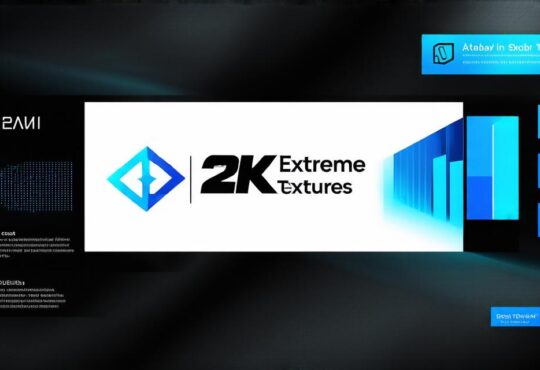
Exploring the Development of Blockchain Technology
Understanding Blockchain Technology
At its core, blockchain technology is a distributed ledger that records transactions on multiple computers in a decentralized manner. Each block in the chain contains a record of multiple transactions, and every block is linked to the previous one using cryptography. This ensures that the information stored on the blockchain is secure and tamper-proof.
One of the key features of blockchain technology is its ability to provide transparency and immutability. All participants in the network can view the same information, and once a transaction is recorded on the blockchain, it cannot be altered or deleted. This makes blockchain an ideal solution for applications that require secure and transparent record-keeping, such as financial transactions, supply chain management, and voting systems.
The Evolution of Blockchain Technology
Since its inception, blockchain technology has evolved significantly. The first generation of blockchain, known as the first-generation blockchain, was primarily used for cryptocurrencies such as Bitcoin. This type of blockchain is limited in terms of scalability and transaction throughput, which makes it unsuitable for many enterprise applications.
The second generation of blockchain, also known as the second-generation blockchain, includes features such as smart contracts and off-chain scaling. Smart contracts are self-executing contracts with the terms of the agreement between buyer and seller being directly written into lines of code. Off-chain scaling allows for more transactions to be processed outside of the blockchain itself, reducing the load on the network.
The third generation of blockchain, known as the third-generation blockchain, includes features such as sharding and sidechains. Sharding involves partitioning the blockchain into smaller, independent segments that can operate independently of each other. Sidechains are independent blockchains that run alongside the main blockchain, allowing for increased scalability and transaction throughput.
Blockchain Applications
Blockchain technology has a wide range of applications across various industries. Some of the most popular use cases include:
- Financial Services: Blockchain is being used in the financial services industry to streamline processes such as clearing and settlement, reduce costs, and improve transparency. For example, banks can use blockchain to settle cross-border payments quickly and securely without the need for intermediaries.
- Supply Chain Management: Blockchain is being used in supply chain management to track products from production to delivery, ensuring that all parties have access to real-time information about the product’s location and condition. This helps to reduce fraud, increase efficiency, and improve customer satisfaction.
- Voting Systems: Blockchain is being used to create secure and transparent voting systems that are resistant to tampering and manipulation. For example, the West Virginia Secretary of State’s office has been using blockchain technology to conduct secure and transparent elections.
- Healthcare: Blockchain is being used in healthcare to securely store and share patient data, reduce fraud, and improve patient outcomes. For example, the MediLedger Project is using blockchain technology to track the supply chain of prescription drugs, ensuring that patients have access to safe and effective medications.
- Real Estate: Blockchain is being used in real estate to streamline processes such as property ownership transfer, reduce costs, and increase transparency. For example, the Provenance Project is using blockchain technology to track the provenance of artworks, ensuring that buyers have access to authentic and verifiable information about the artwork’s history.

The Future of Blockchain Technology
Blockchain technology is still in its early stages, and there are many opportunities for innovation and growth. Some of the potential applications of blockchain technology include:
- Identity Verification: Blockchain can be used to create secure and decentralized identity verification systems that are resistant to tampering and manipulation. This could help to reduce fraud and improve security in online transactions.
- Predictive Analytics: Blockchain can be used to store and analyze large amounts of data, allowing for more accurate predictions and insights. For example, insurance companies could use blockchain to analyze claims data and identify patterns that could help them better manage risk.
- Renewable Energy: Blockchain can be used to create decentralized energy grids that allow for peer-to-peer energy trading and reduce dependence on centralized energy providers. This could help to reduce costs and increase efficiency in the energy sector.
- Intellectual Property: Blockchain can be used to securely store and share intellectual property, reducing the risk of piracy and counterfeiting. For example, musicians could use blockchain to protect their copyrights and ensure that they are fairly compensated for their work.
- Voting Systems: Blockchain can be used to create even more secure and transparent voting systems that are resistant to tampering and manipulation. This could help to increase trust in the electoral process and reduce the risk of fraud.
Summary
Blockchain technology is a decentralized, distributed ledger that provides secure and transparent record-keeping without the need for intermediaries. It has evolved significantly since its inception and has a wide range of applications across various industries. The future of blockchain technology is bright, with many opportunities for innovation and growth. As the technology continues to develop, we can expect to see even more use cases and applications emerge.



